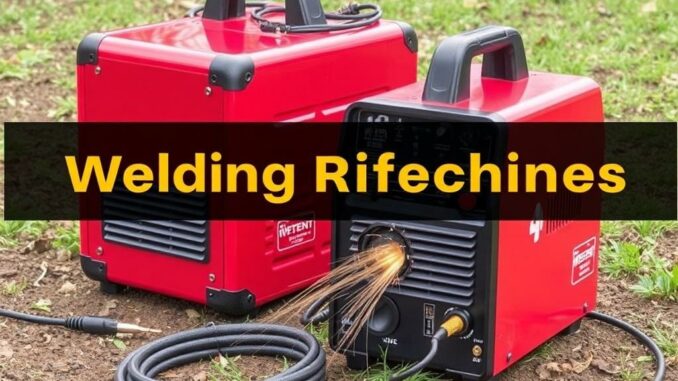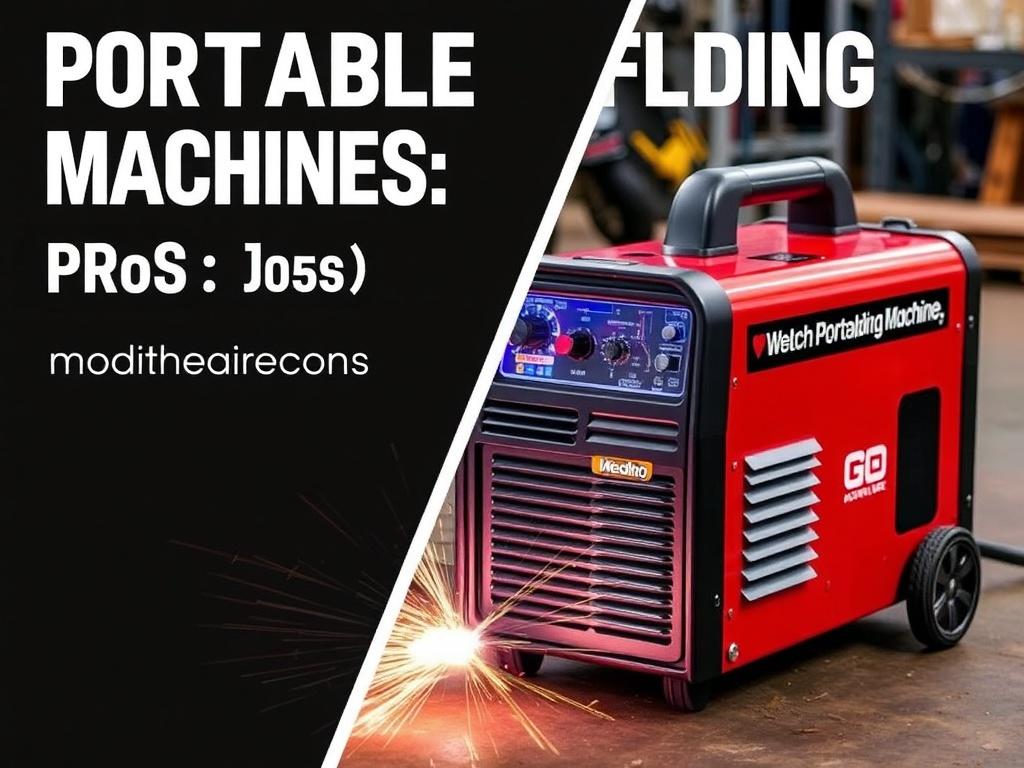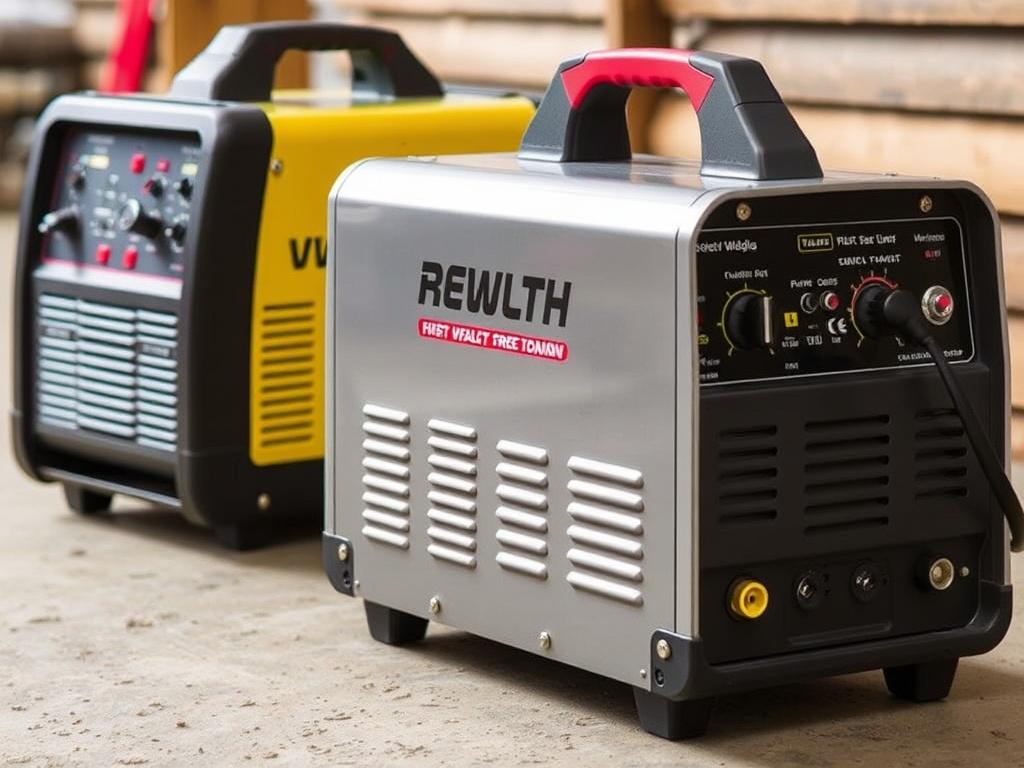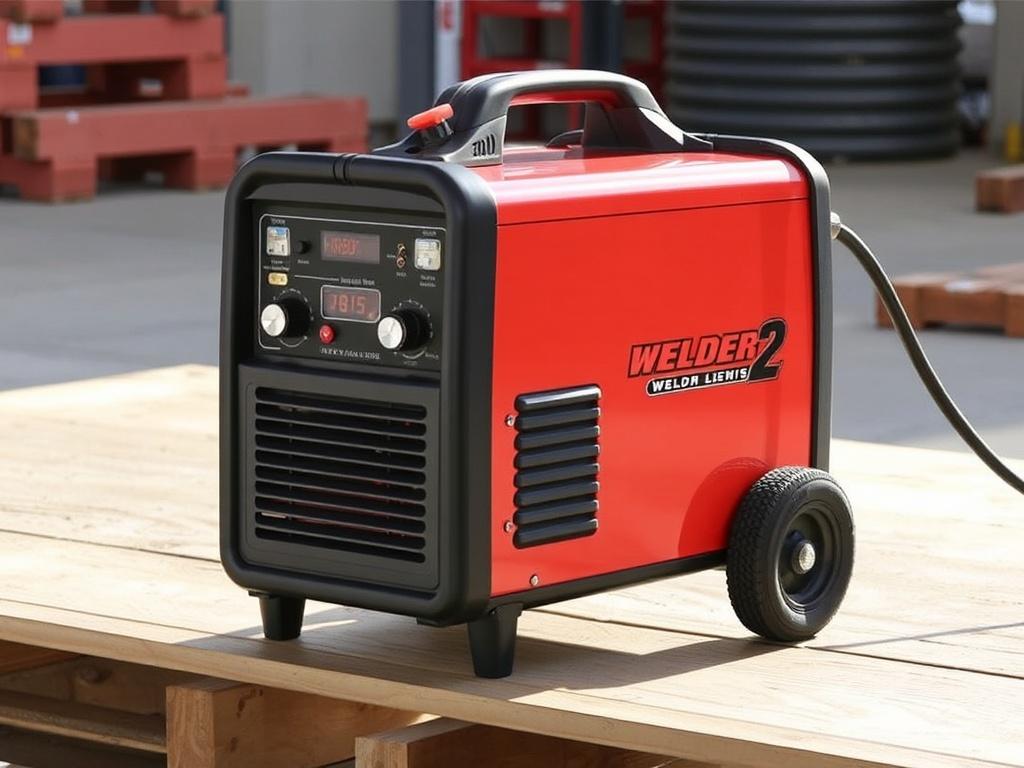
When you think about welding, images of huge, industrial machines and loud workshops might come to mind. But in reality, welding technology has evolved enormously in recent years, bringing powerful, compact tools right into the hands of craftsmen, hobbyists, and professionals alike. Portable welding machines have taken center stage for many because they combine the power of traditional welders with the convenience of mobility. In this extensive article, we’re going to unravel the world of portable welding machines, diving deep into their pros and cons, helping you understand whether investing in one is the right move for your projects.
What Are Portable Welding Machines?
Before we jump into the benefits and drawbacks, let’s clarify what portable welding machines actually are. At their core, these devices are compact, lightweight units designed to perform welding on the go. Unlike traditional welding setups that are bulky and stationary, portable welders are built for ease of transport, allowing users to carry out welding tasks anywhere—from workshops and construction sites to home garages or even outdoor environments.
Portable welding machines come in several types, including inverter welders, MIG welders, TIG welders, and stick welders. Each type offers a unique set of features and versatility but shares the common trait of mobility. Thanks to advances in battery technology, many of these machines can even operate cordless, giving welders unprecedented freedom.
How Portable Welding Machines Work
Whether you’re a beginner or an experienced welder, understanding the basic operation of portable welding machines can help you appreciate their value. Typically, these machines function by generating an electric arc between an electrode and the metal workpiece. This arc produces intense heat that melts both the electrode and the base metal, allowing them to fuse upon cooling.
The biggest difference with portable welders lies in their power sources and internal components. Many use inverter technology, which converts AC power to DC and controls the electric flow more efficiently. This not only makes them lighter but also reduces energy consumption and heat generation.
The Advantages of Portable Welding Machines

Portable welding machines have revolutionized the way welding tasks can be approached. Here’s a detailed exploration of the many advantages these compact tools offer.
1. Portability – Take Your Welding Wherever You Go
Perhaps the most obvious benefit is, as the name suggests, portability. These machines are designed to be lightweight and compact, often featuring ergonomic handles or cases that make them easy to carry. This means that welders are no longer tied down to a fixed location and can perform welding tasks in remote or confined spaces.
- Ideal for field repairs and maintenance
- Great for outdoor projects or emergency fixes
- Enhanced flexibility for construction and fabrication jobs
If you’ve ever struggled to get a bulky welding machine into a tight spot, you’ll appreciate how portable welding machines solve that particular headache.
2. User-Friendly and Convenient
Many portable welding machines come with user-friendly control panels and straightforward setup processes. They’re designed for both novices and professionals, offering intuitive interfaces and often automated features that assist with welding parameters.
Additionally, modern portable welders often include safety features such as thermal overload protection and voltage stabilization. This not only safeguards your machine but also enhances safety on the job.
3. Energy Efficiency
Thanks to inverter technology, portable welding machines are surprisingly energy efficient. In contrast to traditional welders that can consume significant electricity, portable units often operate at lower power loads without compromising on strength. This can reduce your energy bills and make your operations more environmentally friendly.
In fact, many portable welders have power-saving modes and quick start/stop functionalities that minimize wasted energy.
4. Versatility for Various Welding Projects
While many portable welding machines specialize in particular welding methods, such as MIG (Metal Inert Gas) or TIG (Tungsten Inert Gas), there are versatile models capable of performing multiple types of welding. This adaptability can be a big plus if your work spans diverse metal types or requires different welding techniques.
Some portable machines even feature adjustable amperage settings, allowing you to customize the weld for thin metals, heavy-duty jobs, or decorative works.
5. Cost-Effectiveness for Small Businesses and DIY Enthusiasts
Investing in a portable welding machine often comes at a fraction of the cost of full-sized welding systems. For small business owners or DIY enthusiasts, this lower upfront price means easier access to professional-grade welding capabilities.
Moreover, the reduced need for large spaces, infrastructure, or specialized setups means you can start working immediately, saving time and money.
The Drawbacks of Portable Welding Machines

Despite their many advantages, portable welding machines are not without limitations. Understanding these cons will help you make an informed decision before purchasing one.
1. Limited Power Output Compared to Full-Size Welders
Because portable welding machines are designed for mobility, they usually have lower power outputs than their stationary counterparts. This means they may struggle with extremely thick materials or heavy industrial applications that require robust arc performance.
If your work involves welding structural steel or heavy machinery parts regularly, a portable machine might not always deliver the required performance.
2. Shorter Duty Cycles
Duty cycle refers to how long a welder can operate continuously before needing to cool down. Portable welding machines often have shorter duty cycles because smaller inverters and compact cooling systems generate more heat within less space.
This limitation could slow down your work, especially if you’re tackling larger projects, necessitating pauses for cooling and reducing overall efficiency.
3. Battery Life Issues in Cordless Models
While cordless portable welders are understandably attractive, offering unmatched freedom, their battery life can be a significant constraint. Welding is a power-intensive process, and batteries may drain quickly, causing interruptions mid-project.
Furthermore, replacement batteries could add extra costs and might not always provide the same performance as the original ones.
4. Less Robust Build Quality
To keep the weight down, manufacturers sometimes use lighter materials or assemble parts that may not be as durable as those found on stationary welders. This can result in a machine that’s more vulnerable to wear and tear, especially in rugged construction environments.
If you’re using a portable welding machine frequently under harsh conditions, it’s essential to consider the machine’s build quality and warranty.
5. Limited Accessories and Features
Some portable welding units come with basic components and might lack advanced options like pulse control, advanced arc shaping, or multi-process functionality. Certain high-end features available on larger welders may not be feasible to incorporate into compact designs.
If your welding tasks demand specialized control or finishing qualities, make sure the portable model you choose can meet those requirements before committing.
Types of Portable Welding Machines
Understanding the different types of portable welding machines can illuminate which model will best suit your needs. Here’s a breakdown of the most popular types:
| Type | Description | Best Use Cases | Pros | Cons |
|---|---|---|---|---|
| Inverter Welders | Use electronic components to convert power and deliver precise welding currents. | General-purpose portable welding. | Lightweight, energy efficient, good arc stability. | More expensive, sensitive to environment. |
| Stick Welders (SMAW) | Use consumable electrodes that melt and bond metals. | Outdoor repairs, heavy-duty welding. | Simple, durable, works well on rusty or dirty metals. | Produces slag, requires clean-up. |
| MIG Welders (GMAW) | Continuous wire feed heating metal in an inert gas atmosphere. | Thin metals, automotive repairs, manufacturing. | Easy to learn, fast welding, clean finish. | Requires shielding gas supply. |
| TIG Welders (GTAW) | Uses non-consumable tungsten electrode and shielding gas. | Precision welding, thin metals, aluminum. | High-quality welds, no spatter. | More skill needed, slower process. |
Key Features to Look for in Portable Welding Machines
Choosing the right portable welding machine isn’t just about picking the smallest or cheapest model. Here are important features to consider before making your purchase:
- Weight and Size: Ensure the machine is easy to carry and fits your intended use scenarios.
- Power Source: Decide between corded or cordless depending on your mobility needs.
- Welding Processes Supported: Choose based on whether you need MIG, TIG, stick welding, or a combination.
- Duty Cycle: Higher duty cycles allow for longer continuous use without cooling breaks.
- Amperage Range: A broader range offers versatility for welding various metals and thicknesses.
- Safety Features: Look for thermal overload protection, voltage regulation, and anti-stick functions.
- Accessories Included: Check if necessary items like cables, torches, and protective gear come bundled.
Taking the time to evaluate these features will help you find a portable welding machine that best fits your operational demands.
Top Brands and Models in Portable Welding Machines
The market is FULL of options when it comes to portable welding machines. Here are some popular brands and models that have earned a reputation for reliability and performance:
| Brand | Model | Type | Key Features | Approximate Price |
|---|---|---|---|---|
| Hobart | Handler 210 MVP | MIG | Multiple voltage input, smooth arc, spool gun ready | $1,200 |
| Lincoln Electric | Power MIG 210 MP | MIG/TIG/Stick | Multi-process, portable with inverter power source | $1,600 |
| Millermatic | 211 MIG Welder | MIG | Auto-set feature, quiet inverter power source | $1,900 |
| Forney | Easy Weld 298 Arc Welder | Stick | Affordable, simple operation, lightweight | $300 |
| Yeswelder | CT2050 Multi-Process Welder | MIG/TIG/Stick | Advanced digital display, portable, multi-functional | $550 |
Who Should Consider a Portable Welding Machine?

Portable welding machines are perfect for a variety of users:
- DIY Enthusiasts: Hobbyists looking to work on home projects benefit from portability and ease of use.
- Professional Welders: For on-site repairs or projects requiring mobility.
- Construction Workers: Portable welders can be carried easily around job sites.
- Farmers and Mechanics: Offering quick fixes in the field or garage.
- Small Business Owners: Cost-effective welding solutions without sacrificing quality.
Tips for Maximizing the Use of Your Portable Welding Machine
To get the most out of your portable welding machine, consider the following tips:
- Keep Batteries Charged and Spare: For cordless models, always have a backup battery ready.
- Maintain Clean Electrodes and Tips: Dirty components reduce weld quality.
- Use Appropriate Safety Gear: Protective clothing, gloves, and eye protection are crucial to prevent injuries.
- Practice Proper Welding Techniques: Even the best machine won’t deliver quality results without skill.
- Store Your Machine Properly: Protect it from dust, moisture, and extreme temperatures.
- Follow Manufacturer’s Maintenance Guidelines: Regular checks prolong machine lifespan.
The Future of Portable Welding Machines
With ongoing technological advancements, the future of portable welding machines looks bright. Innovations in battery technology, inverter design, and digital controls are expected to continue making these machines even more efficient, lightweight, and user-friendly.
Imagine portable welders with unlimited battery life, AI-assisted welding processes, or integrated diagnostics to detect and correct errors on the fly. The welding world is evolving rapidly, and staying updated on the latest developments will help you harness the best tools for your craft.
Conclusion: Weighing the Pros and Cons
In summary, portable welding machines offer remarkable advantages in terms of portability, ease of use, efficiency, and cost-effectiveness, making them an excellent choice for many applications. However, they do come with challenges such as limited power, shorter duty cycles, and sometimes reduced durability.
By understanding these pros and cons and carefully considering your specific needs, you can make an informed choice and select the perfect portable welding machine that empowers you to create strong, precise welds wherever your projects take you.
Whether you’re a weekend warrior fixing fences, a professional tackling construction, or a business owner seeking flexible equipment, the right portable welder might just be the upgrade your toolkit needs.
Ready to explore the exciting world of portable welding machines? Dive in, choose wisely, and spark your creativity with every weld!
